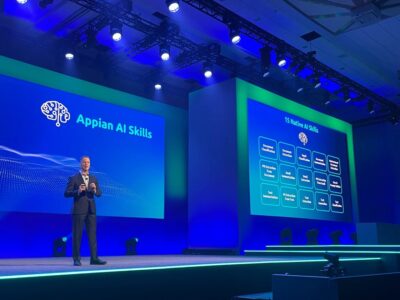On Friday, six men and women took to the barren slopes of the Mauna Loa volcano in Hawaii, where they will live for an entire year.
Their mission: To simulate life on Mars ahead of a NASA mission scheduled for the 2030s.
Among the tools they will be testing is a VR project led by local scientist Peggy Wu to help astronauts cope with social isolation and landscape disconnect.
The trip to Mars will be “the longest mission in human history,” said Wu. “They are rightly concerned about the psychological effects.”
We wanted to leverage the geospatial affordances of a virtual environment to improve communication.
Astronauts will embark on a six-month trip — each way — and spend eighteen months on Mars to work on experiments, she said.
There will be no humanity in sight but for same half-dozen crewmembers they departed with.
And 33.9 million miles away from Earth, communication will be less than optimal.
According to Wu, the astronauts will at times have no means of immediate communication with their family, medical staff and technical support.
To deal with those practical and psychological challenges, NASA commissioned Minnesota-based Smart Information Flow Technologies (SIFT) to develop ANSIBLE, a $740,000 VR communication project directed by Wu.
The company is creating a system where astronauts and their interlocutors on Earth can communicate through a shared virtual space.
“We wanted to leverage the geospatial affordances of a virtual environment to improve communication,” said Wu.
Crew members will be able to demonstrate a technical difficulty they are facing on a virtual artifact, for instance.
“Somebody else can go in and basically see a hologram of you walking around and using the equipment,” said Wu. “You have that shared context because you have it in a shared space.”
Responders on Earth will then be able to make their own modifications for the astronaut to see.
The technology could also help astronauts escape their unearthly landscape while having heart-to-hearts with their families.
Wu described a typical scene:
“Family members, when they log on, they see your avatar in the virtual world, walking, and they can walk along with you on that nature path, talking about your day. And they can also respond.”
Companies:
NASA
Join the conversation!
Find news, events, jobs and people who share your interests on Technical.ly's open community Slack

DC daily roundup: Inside UMCP's new ethical AI project; HBCU founder excellence; a big VC shutters MoCo office

DC daily roundup: Esports at Maryland rec center; High schoolers' brain algorithm; Power data centers with coal?

DC daily roundup: Tyto Athene's cross-DMV deal; Spirit owner sells to Accenture; meet 2GI's new cohort

